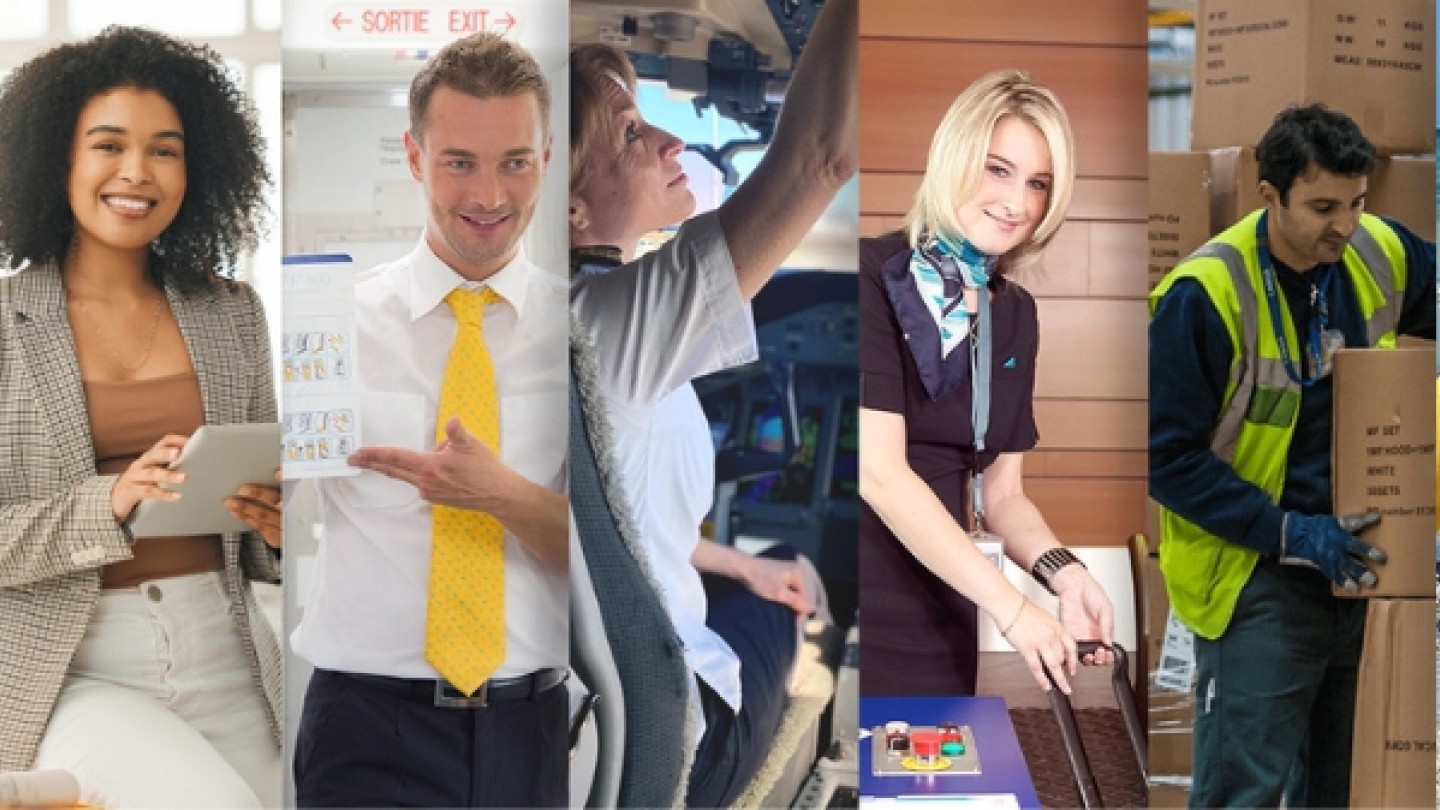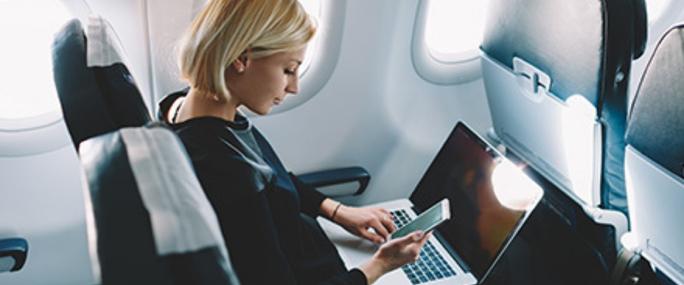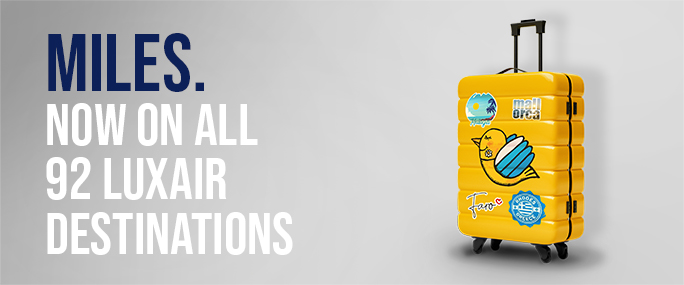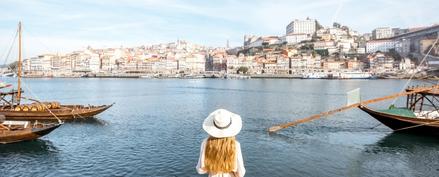LuxairGroup Sites
Choose your preferred country and language
Your browser is not supported
The browser you are using - Internet Explorer or old version of Edge – is not supported by our website. Not to face issues while using our website please use the latest version of Edge or any other modern browser like Chrome, Safari or Firefox.
Intelligent Flight Search
Application Intelligent Package Search
Application Intelligent Car Rental Search
DESTINATIONS OF THE MONTH
HOLIDAY OFFERS - MADE BY LUXAIRTOURS
Discover great holiday offers, a wide choice of destinations, carefully selected hotels and premium service with LuxairTours. Learn more
BUSINESS TRAVELLERS WELCOME ON BOARD
A WORLD OF SERVICES
TRAVELLING WITH LUXAIR
CAR RENTAL & AIRPORT TRANSFER

WORK IN GOOD COMPANY
With over 250 different functions, more than 50 nationalities, and countless career perspectives, Luxair is a great place to grow. We have much more to offer than you can imagine!
Have a look at our open positions now!














